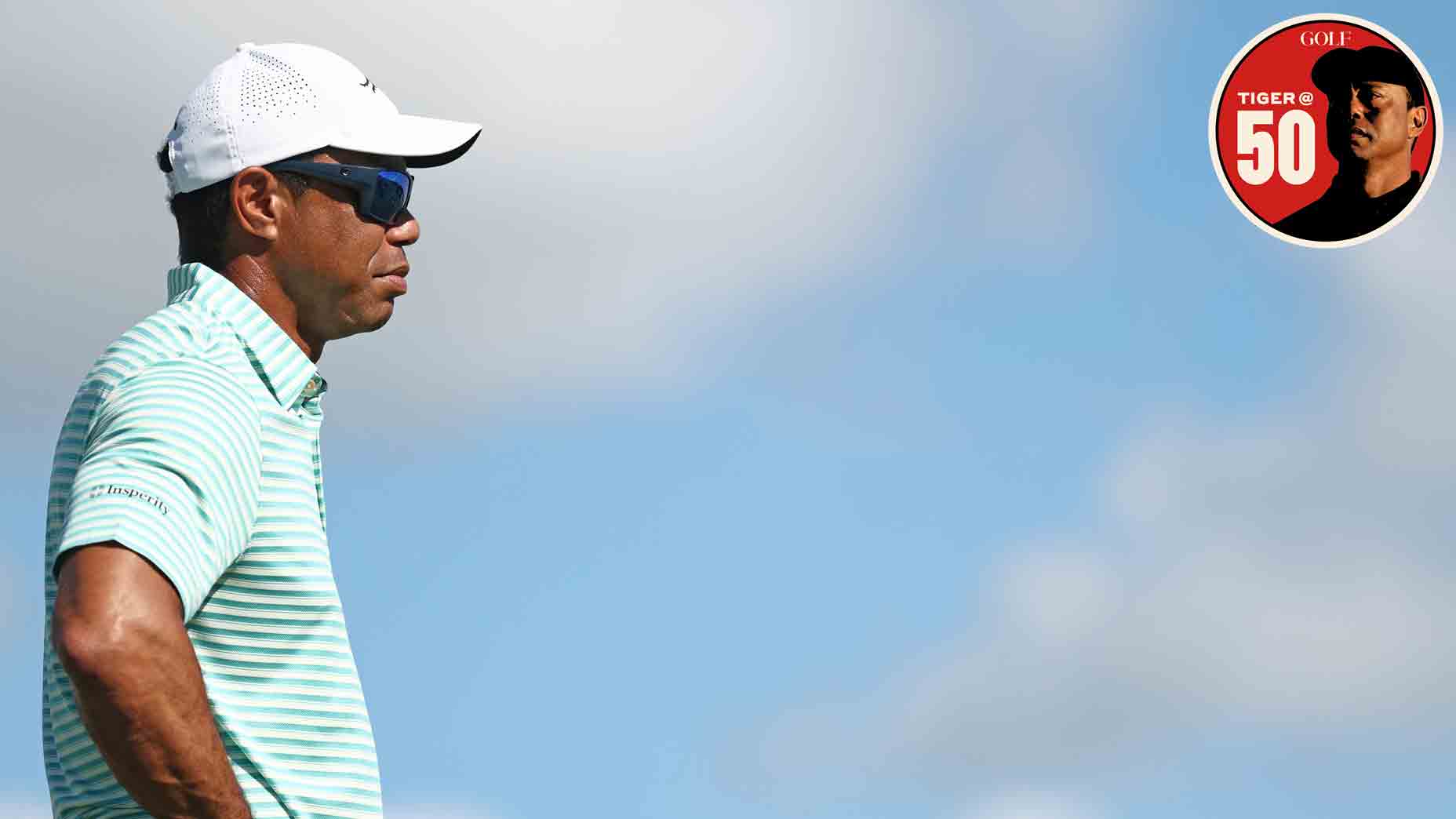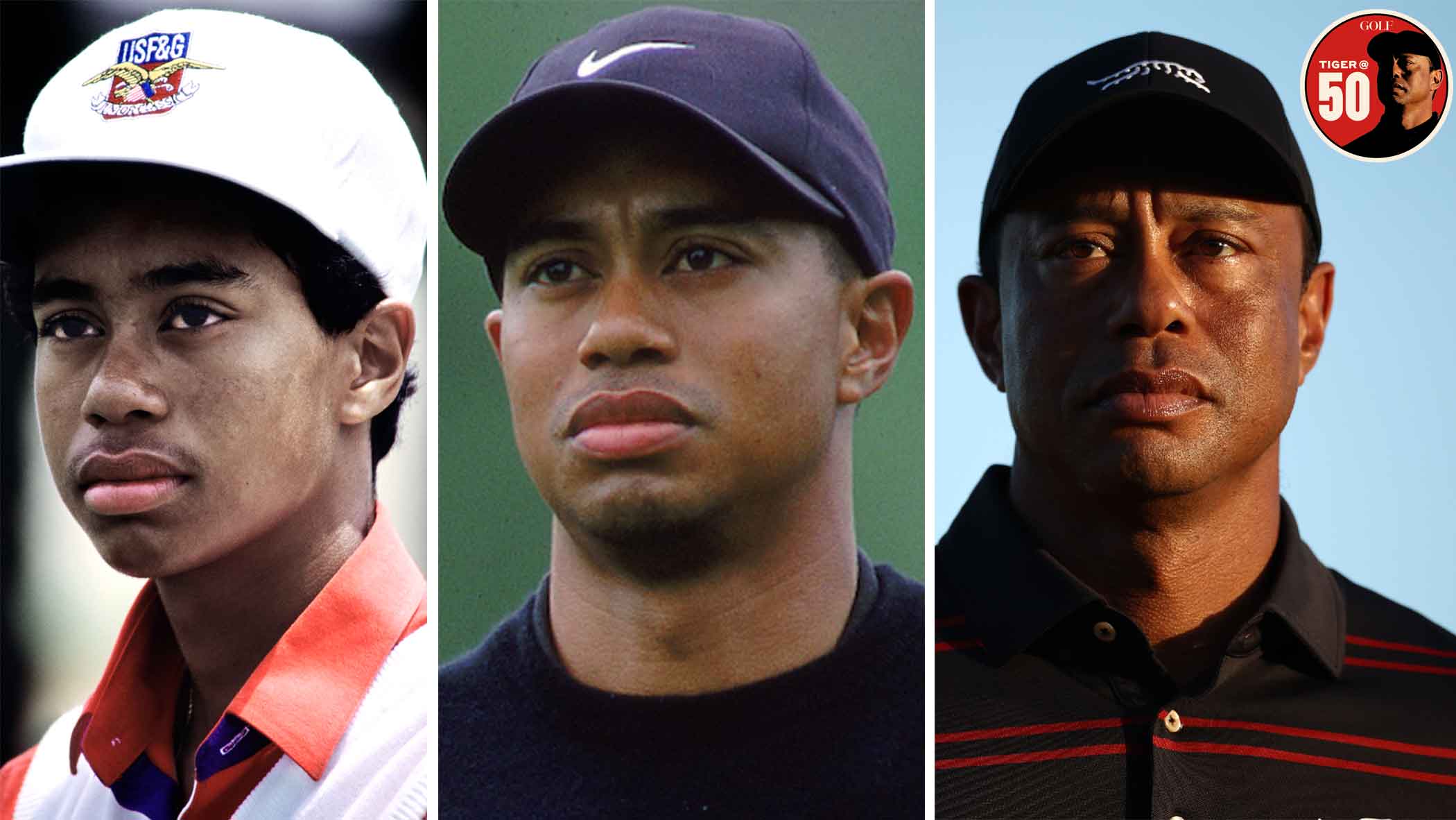Turns out the most interesting action at the Match Play Championship took place off the course.
At first blush, Stephanie Wei versus the PGA Tour wasn’t much of a tussle. On Monday, Wei, the auteur of the popular golf blog “Wei Under Par,” posted video clips of golden boy Jordan’s Spieth’s practice round on Periscope, a Twitter-owned social media app that captures and streams live video. On Thursday, the Tour yanked Wei’s credential for the rest of the 2015 season, citing multiple violations of its media regulations which prohibit accredited reporters from sharing video images of players taken at tournament venues.
Since the Tour is acting as both judge and jury, Wei has no recourse for appeal. She is free to reapply for a credential at season’s end, and Tour chief marketing officer Ty Votaw says any such request will be “considered.” Votaw says it is rare for the Tour to revoke a credential, and that as a matter of course first-time offenders of any Tour policy are spoken-to and given a second chance. At this year’s Phoenix Open, Wei posted to her Instagram account a few short video clips of Tiger Woods practicing. At the Tour’s insistence, she removed the videos. Wei was warned that further violations of Tour policy could result in her credential being pulled. After the Periscope clips were posted, “We called her bluff,” says Votaw.
But what looks like a decisive loss for Wei has larger repercussions for both fans and reporters. Her harsh treatment at the hands of the Tour has provoked a fierce debate on social media—#freewei became a trendy Twitter hashtag—and her banishment may ultimately be remembered as the start of an accidental rebellion.
“I was trying to increase fan engagement and drum up interest in the event,” Wei said. “This is a much bigger issue than just a few video clips. What this is really about is the Tour needing to modernize its policies.”

Wei, 32, is one of the youngest reporters on the golf beat. A former college golfer, she left a job in the financial world to start her blog and has earned an audience with idiosyncratic posts about life on tour and her life on the road. Her social media followers—more than 40,000 across Twitter, Facebook and Instagram—have come to expect nearly constant updates, many of them accompanied by video. She recently began experimenting with Periscope, which allows individual “broadcasters” to send live video feeds to their followers and only lives within the app for 24 hours.
On Monday at Harding Park, Wei hoofed it for Spieth’s practice round – indicative of her hustle – and was privy to some amusing trash talking and other hijinks. Wei felt that as a live streaming service Periscope was a different technology than traditional video, which gave her just enough wiggle room to post the clips. (Votaw strenuously disagrees, obviously.) Beyond that, Wei recognized Spieth is the hottest commodity in golf this minute and there is an insatiable appetite for anything he says or does.
“There’s no golf on TV on Monday, and here was Jordan in a fun, unique setting,” Wei says. “All I was really thinking about was giving fans what they want to see.”
Even if Wei broke the Tour’s rules, the real issue is whether those rules make sense anymore. The Tour operates under a very traditional model in which it feels it owns the content (the tournaments and whatever the players do during them) and various rights-holders (Golf Channel, the networks) pay handsomely to borrow that content. But the sports media environment has changed at the speed of light, and fans now demand to be entertained in new and different ways, with video clips the coin of the realm. They expect this at all hours, not just on the limited, rigid broadcast schedules of various television networks.
Golf Channel was never going to televise Spieth’s practice round, but the Tour would rather have it go unseen than allow snippets of it to be distributed by a reporter who doesn’t pay millions of dollars in rights fees. Says Votaw,”Who owns those rights? We do, not you. If you want access to those rights, you have to pay for it. When [Wei] posts unauthorized videos, she’s stealing. I don’t understand how you can’t get that through your head.” He makes the case that the NFL, NBA and Major League Baseball protect their rights-holders in similarly aggressive ways.
The comparison fails in one crucial way: when a baseball or basketball of football game is televised viewers get to see every second of the action, always. Golf tournaments feature up to 156 players with tee times spread across five or six or seven hours on four separate days, on a playing field of 150 or so acres. Only a tiny fraction of the action is ever shown on television. Reporters on the scene can fill in some of the gaps with their words, but the ability to post short videos—and offer play-by-play on social media, also verboten by Tour rules—would be a boon to otherwise disenfranchised fans. Votaw is unmoved. “A media credential is a privilege, not a right,” he says. “You’re invited by us, and the role of the reporter is to cover the sport in a manner consistent with the media regulations you agree to.” He went on to question my impartiality in reporting on this matter.
It’s true that Wei is a friend of mine and over the years she has contributed in a variety of ways to the Sports Illustrated Golf Group, but Votaw was referring to my own frustrations with the Tour’s unyielding stance toward anything new or different. In January, I proposed to Votaw a monthly half-hour video show that would live on GOLF.com featuring longform features and Q&As with the players, as well as on-the-scene reporting from tournament venues. Given that there is tumbleweed blowing through most press rooms these days, I thought the Tour would be overjoyed to receive so much coverage, but instead Votaw shot down the request. “The problem is you want something for nothing,” he says. In fact, what I wanted to do was invest a lot of time and a significant portion of the GOLF.com budget into promoting the Tour. If the show never happens I’ll still make the same salary. With or without the show, the Tour will make the same money in rights fee. The only losers are the players, who are denied a new way to build their brand, and, of course, the fans, who miss out on a fun new way to connect with their heroes.
The PGA Tour does not exist to subsidize its dozens of vice presidents or to enrich the Golf Channel or to help Tour members buy third homes in the Bahamas. Its only reason for being is to serve the fans. I asked Votaw if he even recognizes this fundamental fact. “We exist to entertain the fans, that is correct,” he said. “That is not the issue in play here. The issue is who owns the content from Monday to Monday at tournament sites. If every reporter was allowed to post videos or engage in other prohibited acts we wouldn’t have the ability to enter into exclusive relationships or merchandize content.”
It is these exclusive relationships that yield the bland offerings of the Golf Chanel and the sanitized content on pgatour.com. Wei offers an edgier, fresher voice, which is why she connected with her fans and followers. She also brought a desperately needed youth and diversity to the press room. In its zeal to protect its powerful rights-holders, the Tour has squashed a reporter who has traveled to as many, if not more, tournaments than any other reporter on the beat over the last five years. Wei’s only crime was doing her job too enthusiastically. Which brings us back to Jordan Spieth talking trash at Harding Park during a practice round. Given the Tour’s Orwellian desire to control content, I asked Votaw who in fact owns Spieth’s quips. He offered a chilling parting thought:
“As a member of the PGA Tour, he assigns his media right to the Tour while on site at a PGA Tour sanctioned event. So from a video perspective, we own whatever he says.”
For more news that golfers everywhere are talking about, follow @golf_com on Twitter, like us on Facebook, and subscribe to our YouTube video channel.







